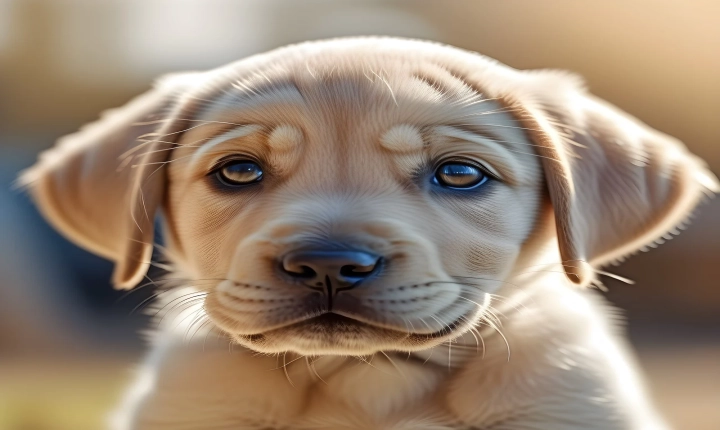Title: Does Denoise AI Work? Assessing the Effectiveness of Denoising Technology
In the age of digital photography and image capture, noise – the random variation of brightness or color information in images – has long been a persistent issue. Whether it’s low-light conditions, high ISO settings, or simply the limitations of camera sensors, noise can significantly degrade the quality of images and affect the overall visual experience.
To combat this problem, denoising technology has emerged as a promising solution. Denoise AI, a type of software that uses artificial intelligence and machine learning algorithms to reduce noise in images, has gained attention for its potential to enhance image quality. But the question remains: Does Denoise AI truly work?
To assess the effectiveness of Denoise AI, one must first understand the underlying principles behind this technology. Denoising algorithms rely on sophisticated AI models trained on vast datasets of both noisy and clean images. These models learn to distinguish between noise and genuine image details, enabling them to intelligently remove noise while preserving important image features.
When put to the test, Denoise AI has shown notable promise in improving image quality. It effectively minimizes the presence of noise, resulting in smoother and more visually appealing images, especially in low-light or high ISO scenarios. This can be particularly valuable in photography, where maintaining image clarity and sharpness is critical.
In addition, Denoise AI has been lauded for its ability to strike a balance between noise reduction and preservation of fine detail. Unlike traditional denoising methods that often lead to loss of important image information, Denoise AI’s advanced algorithms can intelligently distinguish between noise and actual details, ensuring that the final result retains the integrity of the original image.
Moreover, Denoise AI’s adaptability across various image types and scenes makes it a versatile tool for photographers, graphic designers, and visual artists. Whether working with landscapes, portraits, or architectural photography, the technology can make a significant difference in enhancing the overall visual impact of an image.
However, it’s important to note that while Denoise AI offers remarkable noise reduction capabilities, it is not a magical fix-all solution. There are limits to its performance, particularly in scenarios with extremely high levels of noise or significant image degradation. In such cases, it may not entirely eliminate noise artifacts, and users may need to employ additional post-processing techniques to achieve the desired results.
Furthermore, the effectiveness of Denoise AI is also contingent on the quality of input images and the settings used during the denoising process. Optimal results are often achieved when users understand the nuances of the technology and apply it judiciously, taking into account factors such as image resolution, noise levels, and desired output quality.
In conclusion, Denoise AI does indeed work and represents a valuable tool in the arsenal of image enhancement technologies. Its ability to intelligently reduce noise while preserving essential image details demonstrates the substantial impact of AI and machine learning in the realm of visual processing. However, users should approach its use with a nuanced understanding of its capabilities and limitations, and be prepared to supplement it with other techniques when dealing with more challenging noise reduction scenarios. As this technology continues to evolve, it holds great promise for further revolutionizing the way we approach image quality and visual content creation.
